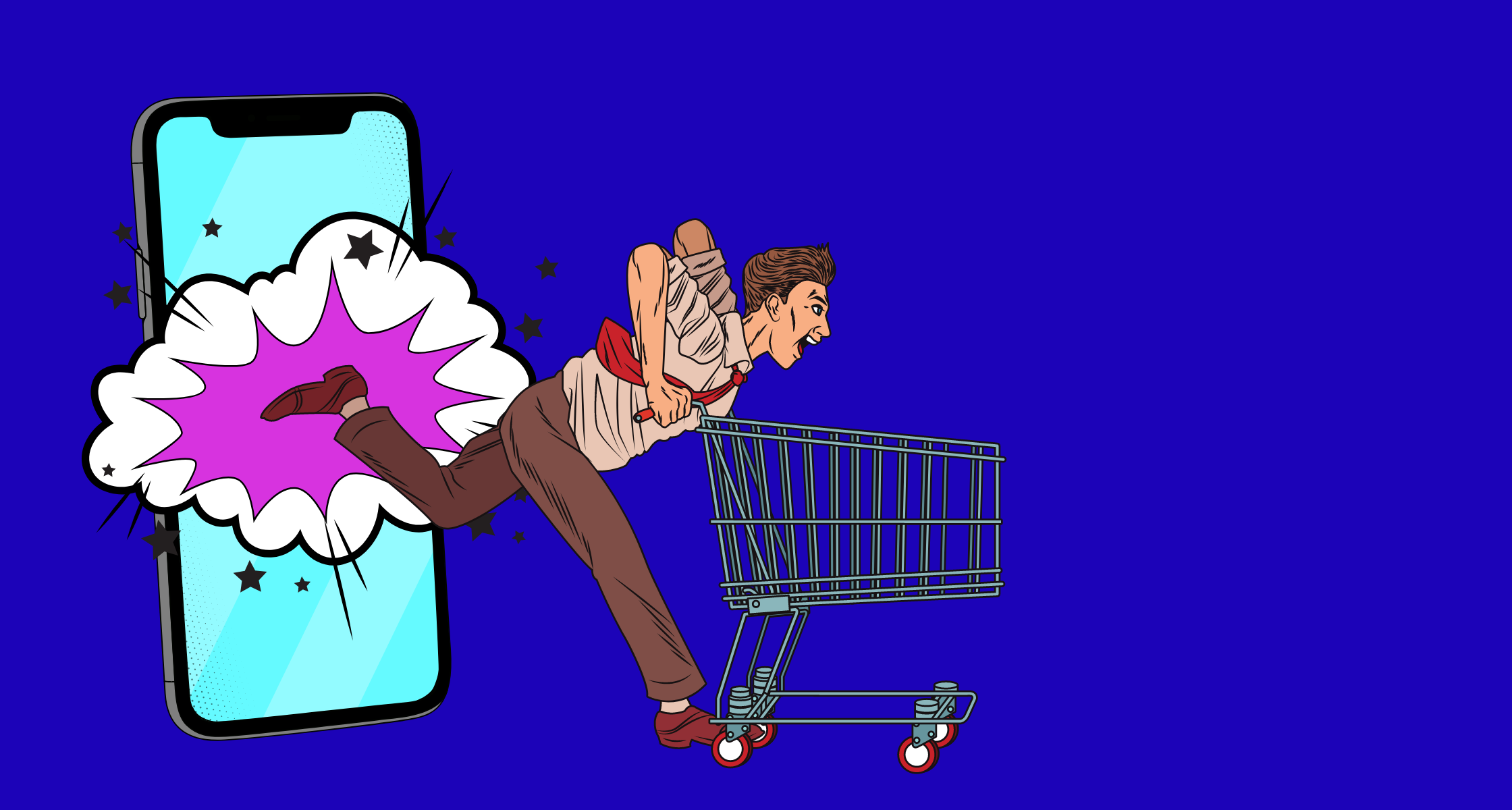Growing an eCommerce store is challenging when you have a new website. Store owners are often confused about the best marketing channels for their eCommerce websites.
In 2022-23, personalisation will be one of the keys to ROI-driven marketing. Now, let’s look at other challenges in eCommerce marketing.
- Customer research
- Bringing relevant traffic
- Customer acquisition and retention
- Poor website navigation
- Lower conversion rate
If you’re an eCommerce store owner, you might have faced at least one of them. But, before that, you need to ensure that you get a well-designed eCommerce store.
In this blog, we have simplified eCommerce marketing with tested tips that work. Before diving deep, let’s start from scratch!
What is eCommerce marketing?
eCommerce marketing is the process of getting relevant traffic, improving sales, customer acquisition, and retention.
It’s a subset of digital marketing, the umbrella term for all marketing activity that uses digital channels to market products and services. To get sales from an eCommerce website, digital marketing is a must!
What is an eCommerce marketing strategy?
It is the tactics used to drive the best result out of the available marketing channels. It encompasses many tasks, such as audience research, marketing plans, marketing funnels, KPI measurement, campaign creatives, execution, and monitoring.
The main objective of eCommerce marketing is to increase brand awareness, brand recognition, relevant traffic, and sales.
eCommerce businesses need to have a well-defined marketing plan for their online marketing strategy so that they know what their goals are and how they will achieve them.
1. Google Display Ads
A display ad is a graphical representation of an advertisement on a webpage or mobile app in order to promote products or services in an attractive, informative, or entertaining way. Display ads can be used as banners, buttons, slideshows, videos, or images that viewers can click on.
Display ads are displayed across Google search and display partner networks. It is mostly used by the top-of-funnel audience to notify them and make them aware of our products.
It is also part of a successful eCommerce marketing strategy.
2. Social Media Marketing
It is one of the most successful marketing tactics and can be used at every stage of the funnel. A bit confused with the marketing funnel? This blog can help you.
Whether you’re promoting your products for awareness, engagement, or sales, it has every objective to fulfil your goal. Furthermore, it helps you establish a direct connection with your customers.
You can also use social media tools like Facebook Live or Instagram Stories to engage with customers in real-time and answer their questions about the products they are interested in buying. These tools are especially useful for businesses that sell physical goods because they allow people to see the product before buying it.
3. Search Engine Optimisation
eCommerce SEO is optimising your eCommerce website to get traffic from informational and transactional search queries. Informational search queries are keywords people search to learn more about your products. Or else they’re looking for solutions for their problems that can be solved by your product.
On the other hand, transactional search queries are specifically for buying products. It mostly contains “buy”, “offer”, and “price” terms. So, store owners need to make sure that their website is optimised for both search queries. Information search queries improve brand awareness, while transactional search queries increase sales.
SEO for eCommerce stores includes optimising website structure, product pages, URL structure, backlinks, content, and URLs.
4. Email Marketing
Email marketing has been around for a long time, and it’s still one of the most effective ways to grow your eCommerce business.
There are many ways you can promote your eCommerce website through email marketing. For example, you can mail your latest offers and products to existing customers. It will improve your customer retention rate and reduce marketing costs.
There are many other ways you can do email marketing:
- Send informative newsletters that include industry trends and updates.
- Test customer engagement emails that will help you build customer loyalty and strengthen customer relationships.
- Try lead generation emails that will help you generate more leads for your business.
5. Google Shopping Ads
Shopping ads are the most relevant platform for eCommerce store owners. It provides flexibility to run campaigns according to your budget, campaign type, location, and bidding method.
Google Shopping Ads allows users to filter by product type, brand, price range, and style. This makes it easier for users to find what they’re looking for and increases their chances of making a purchase.
Hence, ensure that you provide every detail accurately and relevantly to users.
In Conclusion: eCommerce marketing simplified
You can incorporate other mediums, such as TV ads, billboards, print ads, and banners, to improve overall eCommerce marketing. I hope you’ve got all the answers you need.
Looking for an eCommerce marketing agency? Email us at contact@sydneydigitalagency.com.au.
Related Posts

Unraveling the 5 Reasons for Your Underperforming eCommerce Store
Do you have an eCommerce store? Are you planning to build one soon? Have you ever wondered why some eCommerce websites are performing well and

5 Ways to Increase Sales for eCommerce Websites
Does your eCommerce website have an amazing design? Good! A high-quality eCommerce website is necessary for this highly competitive industry. Now, you need to learn

Why SSL is Crucial for Your eCommerce Website?
SSL is a security protocol that you may have heard about an SSL is crucial for your eCommerce website. However, it is vital to understand



